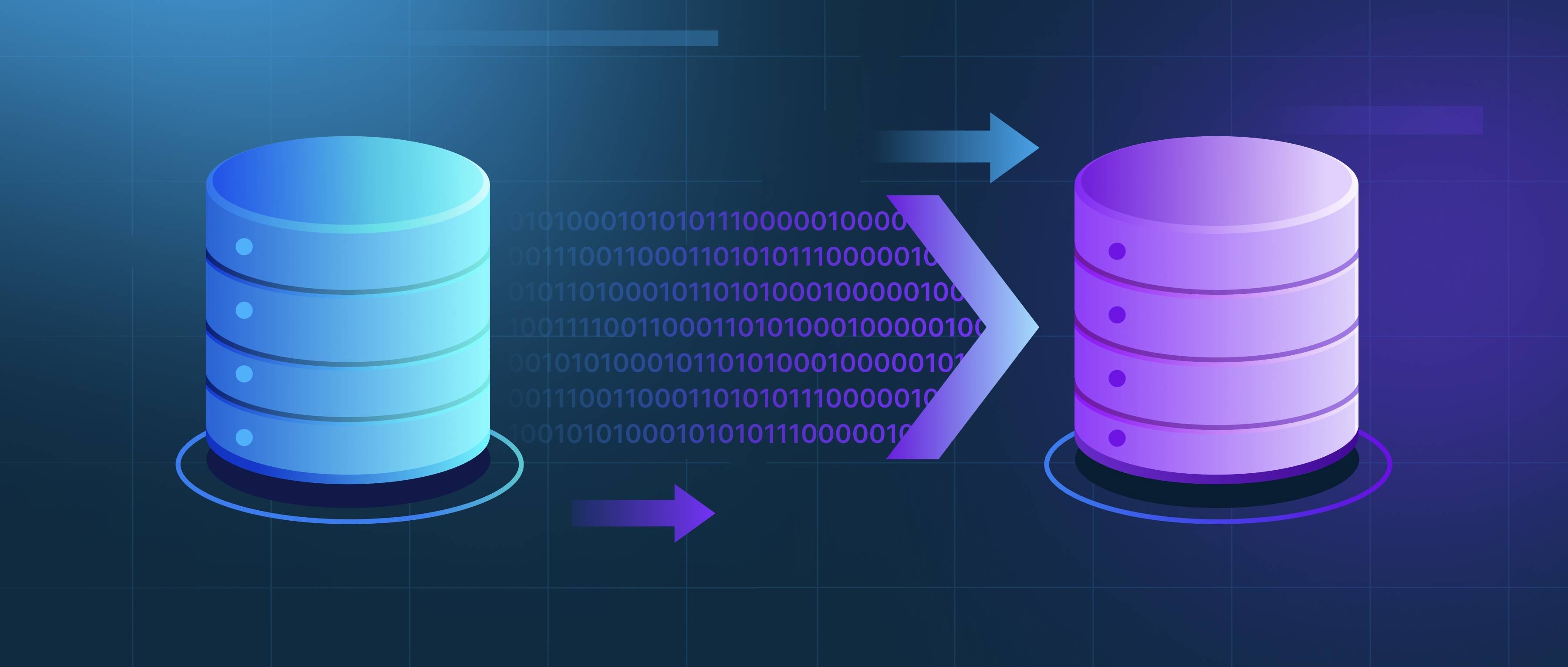Python is generally recommended for learning computer vision due to its simplicity and extensive library support, including OpenCV, TensorFlow, PyTorch, and scikit-image. Python’s high-level syntax allows beginners to focus on understanding concepts without being bogged down by low-level details. It also has a large community and numerous tutorials, making it easier to troubleshoot and learn. C++ is a good choice for performance-critical applications, such as real-time systems or embedded devices, as it offers better control over memory and execution speed. If your goal is rapid prototyping and experimentation, start with Python. For production-grade applications requiring high performance, C++ may be more suitable.
What should I use to learn Computer Vision: C++ or Python?

- Advanced Techniques in Vector Database Management
- Accelerated Vector Search
- AI & Machine Learning
- Exploring Vector Database Use Cases
- Natural Language Processing (NLP) Basics
- All learn series →
Recommended AI Learn Series
VectorDB for GenAI Apps
Zilliz Cloud is a managed vector database perfect for building GenAI applications.
Try Zilliz Cloud for FreeKeep Reading
How do you ensure proper collision detection in a VR environment?
To ensure proper collision detection in a VR environment, developers typically rely on a combination of physics engines,
What is item-item similarity in recommender systems?
Item-item similarity in recommender systems refers to the process of measuring how similar two items are based on user i
How does privacy impact image search applications?
Privacy significantly impacts image search applications by determining how user data is handled and the types of images